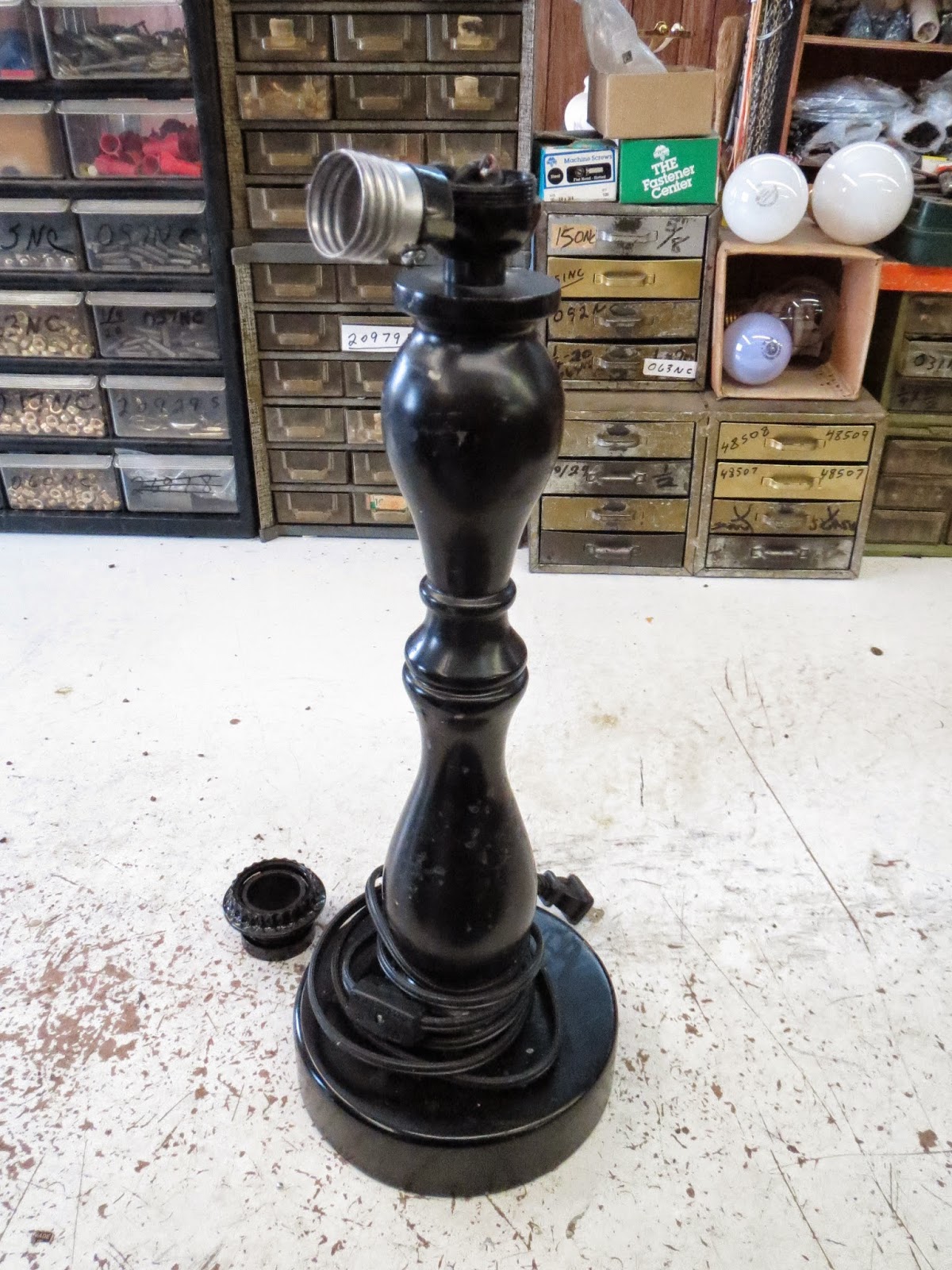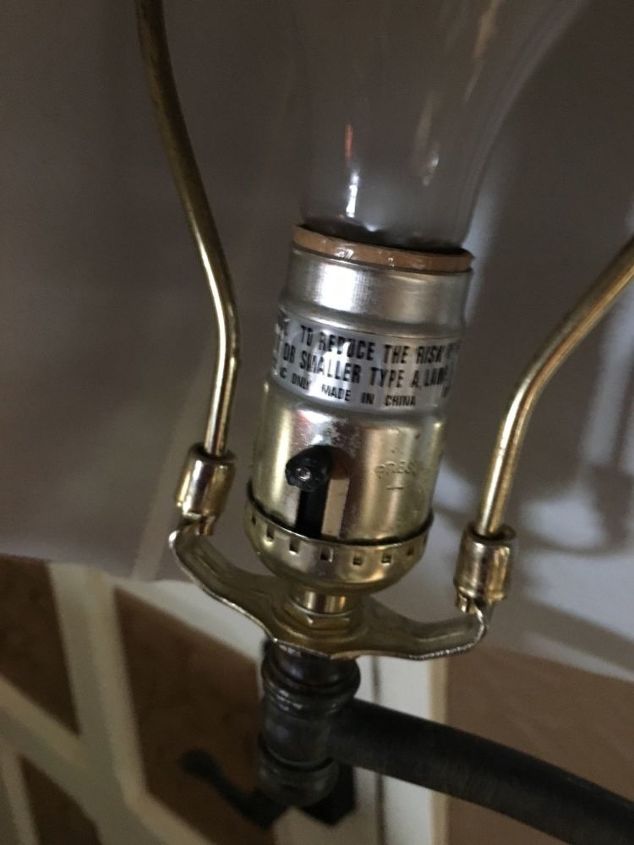On those tranquil evenings when the perfect ambiance is everything, a broken lamp can cast a shadow on your relaxation. Instead of calling for help, embark on a rewarding journey of self-sufficiency and fix your lamp with confidence.

Image: warisanlighting.com
Identifying Common Lamp Problems
Before diving into repairs, it’s essential to pinpoint the source of the issue. Common lamp malfunctions include:
- No Power: Check the power source, socket, and cord for damage.
- Flickering Light: Inspect the bulb, socket, and switch for loose connections or malfunction.
- Dim Light: Examine the bulb and power source; dimmed light may indicate inadequate wattage or low voltage.
- Loose Shade: Tighten the shade holder to secure it properly.
- Broken Switch: Inspect the switch mechanism and wiring for damage or contact issues.
Safety First
Before proceeding with any repairs, prioritize safety:
- Unplug the lamp and allow it to cool down to avoid electrical hazards.
- Wear insulated gloves or use tools with insulated handles to prevent shocks.
- Use a non-slip mat or work in a stable area to prevent accidents.
Tools and Materials
Gather these tools and materials before beginning repairs:
- Replacement bulb
- Screwdriver
- Wire Strippers
- Electrical tape
- Multimeter or voltage tester (optional)

Image: www.hometalk.com
Step-by-Step Lamp Repair Guide
1. Replace Bulb
The simplest fix is replacing a burned-out bulb. Unscrew the old bulb and gently screw in a new one of the correct wattage and type.
2. Check Power Source
If replacing the bulb doesn’t solve the problem, check the power source. Ensure the outlet is live by testing it with another device. Wiggle the lamp’s plug to check for loose connections.
3. Inspect Cord
Unplug the lamp and inspect the cord for any visible damage, such as fraying or cuts. Replace the cord promptly if damaged to prevent electrical hazards.
4. Replace Switch (Single-Socket Lamps)
For lamps with a single socket, removing the switch typically entails unscrewing a small plate on the base and swapping the old switch with a new one.
5. Replace Socket
If wiring issues are suspected, it may be necessary to replace the socket. Disconnect the wires from the old socket, ensuring you know which wires connect where, and attach them to the new socket accordingly.
6. Repair Loose Shade
Tighten any screws or tightening mechanisms associated with the shade holder. If necessary, bend the metal arms slightly to create a snug grip.
Maintenance Tips for a Longer Lamp Life
Keep your lamps in top condition with these maintenance tips:
- Use the appropriate wattage bulbs to avoid overheating.
- Clean the lampshade regularly to prevent dust accumulation.
- Avoid placing lamps near heat sources or in areas with high humidity.
- Handle the lamp carefully to prevent accidental damage to the switch or socket.
How To Fix A Lamp
Conclusion
With a little troubleshooting and some basic tools, you can restore your lamp to its original glory and illuminate your space with confidence. When confronted with a flickering light or a lifeless lamp, remember that most repairs are within reach. Embrace the opportunity to learn, experiment, and take pride in the fruits of your DIY prowess.